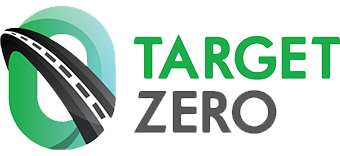STEP 2
Tool 2B
Workplace Policy Team Invitation Email

TO: <employee>
FROM: <supervisor>
DATE: <mm/dd/yyyy>
SUBJECT: Engaged Driving Workplace Policy Team
Hello [NAME],
Reducing distracted driving will have a positive impact on our workforce, community, and entire state. At [Name of Organization], we want to grow a culture of safety. Because safety is a team effort, we are putting together a Workplace Policy Team to help us draft [or revise] a policy on distracted driving. We need your help to accomplish this work!
I am inviting you to be part of our Policy Team meeting. We will hold our first meeting on [day, date and time] in [location]. Please come prepared to discuss this important topic with several of your coworkers as we work together to maintain our safe, responsible workplace!
Distraction negatively impacts safety and is a major contributing factor in traffic crashes. In a recent naturalistic driving study, it was found that distraction is a factor in approximately 68% of crashes and further estimated that “potentially 36%, or 4 million of the nearly 11 million crashes occurring in the United States annually, could be avoided if no distraction was present.”
In the State of Washington, distracted driving contributed to approximately 30% of fatal crashes and 30% of serious injuries between 2003-2017. Distracted driving occurs anytime the driver is at the wheel but his or her attention is elsewhere.
Thank you, [Supervisor]
Key Terms for Workplace Distracted Driving Policies
Company business: any situation where an employee is performing tasks on behalf of their employer.
Hands-free device: a mobile device that can be operated through voice command, often through a wireless or Bluetooth connection, integrated into the vehicle.
Hand-held device: a mobile device that is operated while holding the phone in hand and operating it through pressing buttons or a touch screen.
Mobile device: any portable communication device including (but not limited to) mobile phones, smart phones, tablets, and laptop computers.
Employer-owned or Employee-owned device: Employees may conduct company business on devices that are either employer owned or employee owned. Both types of devices may be for work as well as personal uses.

